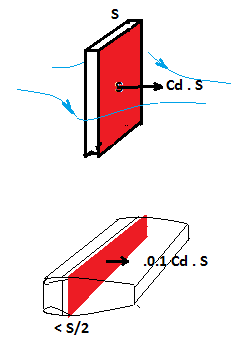SandL
Active Member
- Joined
- Aug 27, 2011
- Messages
- 1,390
- Location
- Royal Wootton Bassett... UK
- Aircraft
- Bensen Merlin dragon wings Rotax 532
- Total Flight Time
- 400hrs (4,000 instructional launches) gliding, 200 fixed wing, 100 gyro
I'm happy with my gyro, but am I missing something ?
I saw a gyro at Bensen days (think it belongs to nowings) where almost every tube had an aerofoil shape tie wrapped on to it.
so looking at my machine and most others I ask is this a mod worth doing.?
The tubes out to the wheels, the mast, even control rods ?
it is extra weight, but am I missing an advantage.?
I seem to remember discussing this briefly with Vance and he was rather keen on the idea.
Has anyone evaluated this, 5pmh extra may be ? better climb even with extra weight ?
if so what is the best meterial and is there any thing to watch out for ... control restriction of control rods of course.
where is the best weight stremlining benifit, the mast ?
so have you done it and is it worth doing ?
I saw a gyro at Bensen days (think it belongs to nowings) where almost every tube had an aerofoil shape tie wrapped on to it.
so looking at my machine and most others I ask is this a mod worth doing.?
The tubes out to the wheels, the mast, even control rods ?
it is extra weight, but am I missing an advantage.?
I seem to remember discussing this briefly with Vance and he was rather keen on the idea.
Has anyone evaluated this, 5pmh extra may be ? better climb even with extra weight ?
if so what is the best meterial and is there any thing to watch out for ... control restriction of control rods of course.
where is the best weight stremlining benifit, the mast ?
so have you done it and is it worth doing ?

